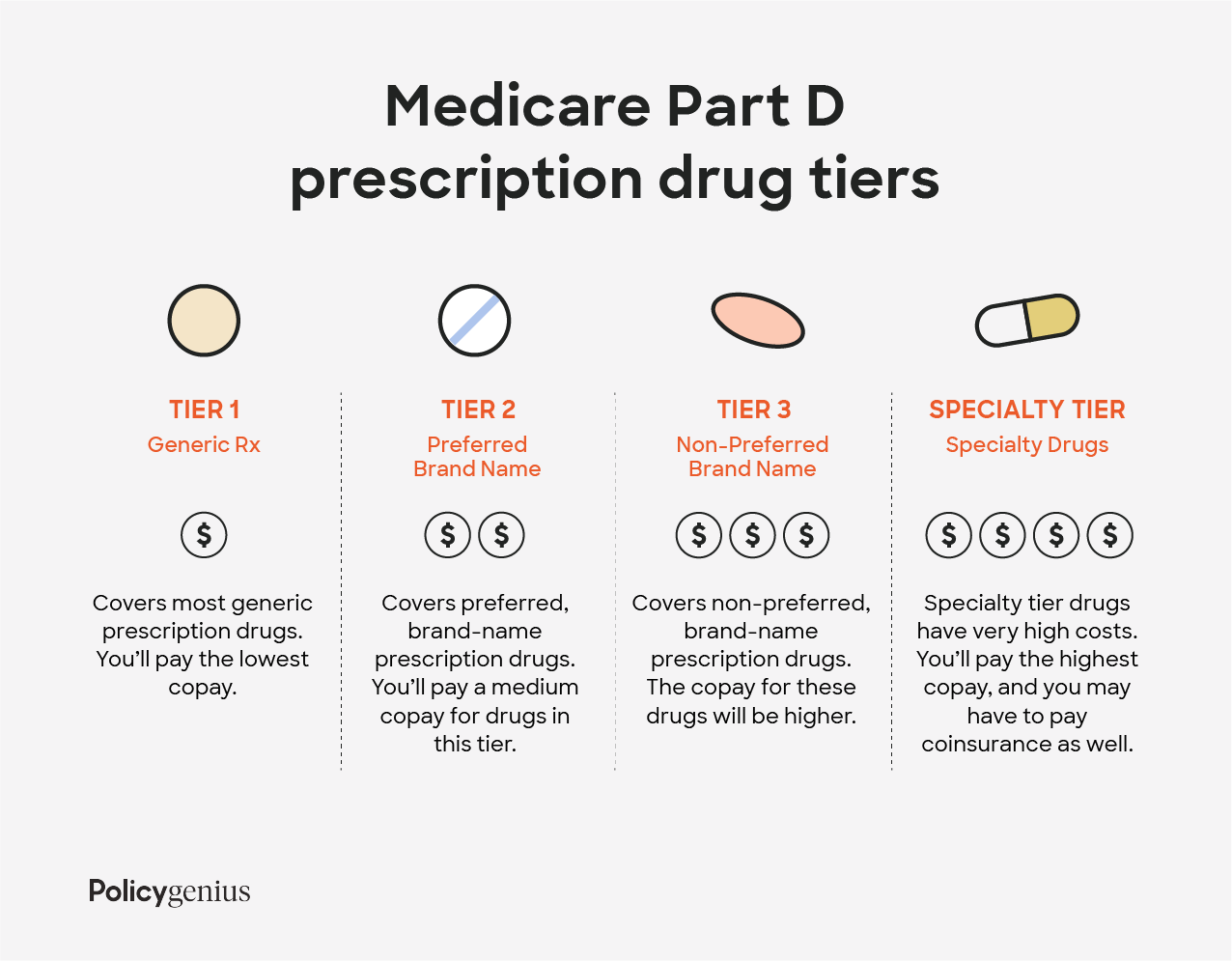Va Medication Copay
Veterans do not pay for medications. The Department of Veterans Affairs (VA) charges a copayment for each 30-day or less supply of medication provided on an outpatient basis for the treatment of a non-service connected condition. The copayment amounts are.
VA Medications List
- The new tiered copayment structure will decrease the costs of outpatient medications for most Veterans, aligning with VA’s goals to reduce out-of-pocket costs, encourage greater adherence to prescribed outpatient medications and reduce the risk of fragmented care that results when multiple pharmacies are used to fill Veteran prescriptions.
- VA social workers can help you interpret your eligibility and copay requirements. Medication For each 30-day or less supply of medication provided by VA for conditions that are not service-connected, most veterans are charged an $8 copay. The maximum copay for medications in 2008 is $960 for Priority Groups 2 through 6.
Print - Click this link to display a Printer Friendly page.
Refill a Prescription - Click this link to display the My HealtheVet Rx Refill page titled: Refill Prescriptions.
NOTE - The columns for Medication, Category, Status, Start Date, Stop Date, and Pharmacy, can be sorted in ascending or descending order. To sort a column, click on a triangle ( or )
Medication - This column displays the Rx number, name, strength and instructions of the medication.
Category - The category (Rx Medication) is displayed in this column.
3gstick cm port (com4) driver download for windows. Status: This column displays the status of the prescription. Select the status in the table to view the definition of the term.
Discontinued
Expired
Active: Hold
Active: Refill in Process
Active: Submitted
Suspended
Unknown
Start Date - This column displays the date that the VA medication was dispensed.
Stop Date - This column displays the expiration date of the VA medication.
Pharmacy - This column displays the VA Medical Center that originally dispensed the medication.
Number of Items Displayed - The summary page displays 10 rows. When there are more than 10 rows, you may choose from the drop-down menu to display 25, 50, or 100 rows on one page.
Print Page

The Print page provides a printer-friendly format for your information, designed to print on an 8-1/2 by 11 inch sheet of paper. The information on this page consists of the entries displayed on the previous screen. (To print different information, return to the previous screen, make your selection and then click the Print link to return to this page.) A border, indicated by the phrase 'The printable information appears within this border', outlines the main content area. The only information that will print is inside the border although other information may be outside of the border.
(a)General. This section sets forth requirements regarding copayments for medications provided to veterans by VA. For purposes of this section, the term “medication” means prescription and over-the-counter medications, as determined by the Food and Drug Administration (FDA), but does not mean medical supplies, oral nutritional supplements, or medical devices. Oral nutritional supplements are commercially prepared nutritionally enhanced products used to supplement the intake of individuals who cannot meet nutrient needs by diet alone.
(b)Copayments.
(1)Copayment amount. Unless exempted under paragraph (c) of this section, a veteran is obligated to pay VA a copayment for each 30-day or less supply of medication provided by VA on an outpatient basis (other than medication administered during treatment).
(i) For each 30-day or less supply of Tier 1 medications, the copayment amount is $5.
(ii) For each 30-day or less supply of Tier 2 medications, the copayment amount is $8.
(iii) For each 30-day or less supply of Tier 3 medications, the copayment amount is $11.
(iv) For purposes of this section:
(A)Multi-source medication is any one of the following:
(1) A medication that has been and remains approved by the FDA -
(i) Under sections 505(b)(2) or 505(j) of the Food, Drug, and Cosmetic Act (FDCA, 21 U.S.C. 355), and that has been granted an A-rating in the current version of the FDA's Approved Drug Products with Therapeutic Equivalence Evaluations (the Orange Book); or
(ii) Under section 351(k) of the Public Health Service Act (PHSA, 42 U.S.C. 262), and that has been granted an I or B rating in the current version of the FDA's Lists of Licensed Biological Products with Reference Product Exclusivity and Biosimilarity or Interchangeability Evaluations (the Purple Book). FDA determines both therapeutic equivalence for drugs and interchangeability for biological products.

(2) A medication that -
(i) Has been and remains approved by the FDA pursuant to FDCA section 505(b)(1) or PHSA section 351(a);
Va Copay Rates 2021
(ii) Which is referenced by at least one FDA-approved product that meets the criteria of paragraph (b)(1)(iv)(A)(1) of this section; and
Va Medication Copay Tier
(iii) Which is covered by a contracting strategy in place with pricing such that it is lower in cost than other generic sources.
(3) A medication that -
Va Medication Copays For Prescriptions
(i) Has been and remains approved by the FDA pursuant to FDCA section 505(b)(1) or PHSA section 351(a); and

(ii) Has the same active ingredient or active ingredients, works in the same way and in a comparable amount of time, and is determined by VA to be substitutable for another medication that has been and remains approved by the FDA pursuant to FDCA section 505(b)(1) or PHSA section 351(a). This may include but is not limited to insulin and levothyroxine. Drivers vvikoo.
(4) A listed drug, as defined in 21 CFR 314.3, that has been approved under FDCA section 505(c) and is marketed, sold, or distributed directly or indirectly to retail class of trade with either labeling, packaging (other than repackaging as the listed drug in blister packs, unit doses, or similar packaging for use in institutions), product code, labeler code, trade name, or trademark that differs from that of the listed drug.
(B)Tier 1 medication means a multi-source medication that has been identified using the process described in paragraph (b)(2) of this section.
(C)Tier 2 medication means a multi-source medication that is not identified using the process described in paragraph (b)(2) of this section.
(D)Tier 3 medication means a medication approved by the FDA under a New Drug Application (NDA) or a biological product approved by the FDA pursuant to a biologics license agreement (BLA) that retains its patent protection and exclusivity and is not a multi-source medication identified in paragraph (b)(1)(iv)(A)(3) or (4) of this section.
(2)Determining Tier 1 medications. Not less than once per year, VA will identify a subset of multi-source medications as Tier 1 medications using the criteria below. Only medications that meet all of the criteria in paragraphs (b)(2)(i), (ii), and (iii) will be eligible to be considered Tier 1 medications, and only those medications that meet all of the criteria in paragraph (b)(2)(i) of this section will be assessed using the criteria in paragraphs (b)(2)(ii) and (iii).
(i) A medication must meet all of the following criteria:
(A) The VA acquisition cost for the medication is less than or equal to $10 for a 30-day supply of medication;
(B) The medication is not a topical cream, a product used to treat musculoskeletal conditions, an antihistamine, or a steroid-containing medication;
(C) The medication is available on the VA National Formulary;
(D) The medication is not an antibiotic that is primarily used for short periods of time to treat infections; and
(E) The medication primarily is used to either treat or manage a chronic condition, or to reduce the risk of adverse health outcomes secondary to the chronic condition, for example, medications used to treat high blood pressure to reduce the risks of heart attack, stroke, and kidney failure. For purposes of this section, conditions that typically are known to persist for 3 months or more will be considered chronic.
(ii) The medication must be among the top 75 most commonly prescribed multi-source medications that meet the criteria in paragraph (b)(2)(i) of this section, based on the number of prescriptions issued for a 30-day or less supply on an outpatient basis during a fixed period of time.
(iii) VA must determine that the medication identified provides maximum clinical value consistent with budgetary resources.
(3)Information on Tier 1 medications. Not less than once per year, VA will publish a list of Tier 1 medications in the Federal Register and on VA's Web site at www.va.gov/health.
(4)Veterans Choice Program. For medications furnished through the Veterans Choice Program under §§ 17.1500 through 17.1540, or the Veterans Community Care Program under §§ 17.4000 through 17.4040, the copayment amount at the time the veteran fills the prescription is $0. VA will determine and assess the veteran's copayment amount at the end of the billing process, but at no time will a veteran's copayment be more than the amount identified in paragraphs (b)(1)(i) through (iii) of this section.
(5)Copayment cap. The total amount of copayments for medications in a calendar year for an enrolled veteran will not exceed $700.
(c)Medication not subject to the copayment requirements. The following are exempt from the copayment requirements of this section:
(1) Medication for a veteran who has a service-connected disability rated 50% or more based on a service-connected disability or unemployability.
(2) Medication for a veteran's service-connected disability.
(3) Medication for a veteran whose annual income (as determined under 38 U.S.C. 1503) does not exceed the maximum annual rate of VA pension which would be payable to such veteran if such veteran were eligible for pension under 38 U.S.C. 1521.
(4) Medication authorized under 38 U.S.C. 1710(e) for Vietnam-era herbicide-exposed veterans, radiation-exposed veterans, Persian Gulf War veterans, post-Persian Gulf War combat-exposed veterans, or Camp Lejeune veterans pursuant to § 17.400.
(5) Medication for treatment of sexual trauma as authorized under 38 U.S.C. 1720D.
(6) Medication for treatment of cancer of the head or neck authorized under 38 U.S.C. 1720E.
(7) Medications provided as part of a VA approved research project authorized by 38 U.S.C. 7303.
(8) Medication for a veteran who is a former prisoner of war.


(9) A veteran who VA determines to be catastrophically disabled, as defined in 38 CFR 17.36(e).
(10) A veteran receiving care for psychosis or a mental illness other than psychosis pursuant to § 17.109.
(11) Medication for a veteran who was awarded the Medal of Honor.
